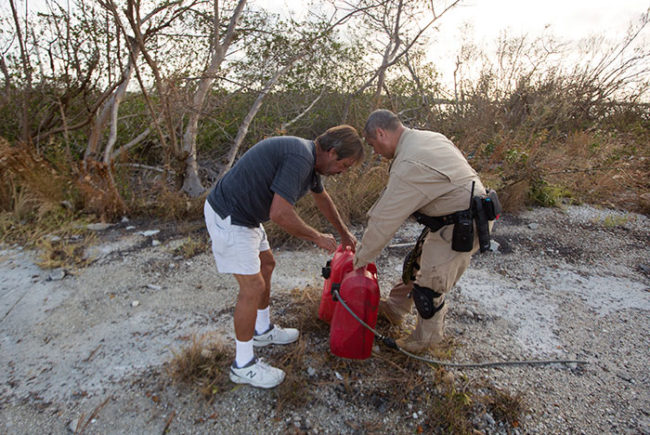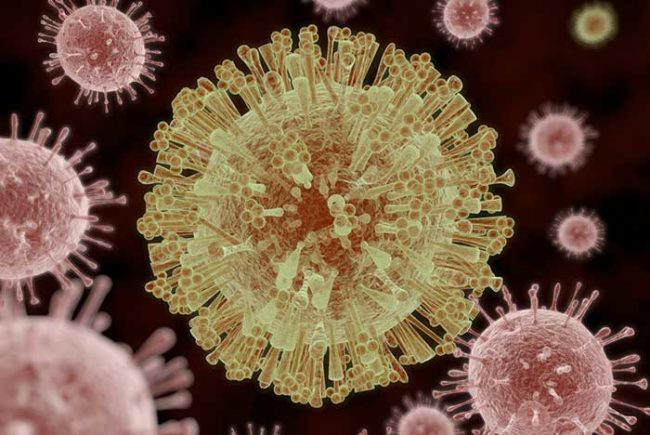CDC guidance for managing health care occupational exposures to Zika
The Centers for Disease Control and Prevention (CDC) recently issued guidance for managing occupational exposures to Zika virus for health care personnel. The document helps facilities to determine when health care personnel should be tested for Zika virus infection following an occupational exposure and recommendations for post-exposure management. The CDC expects to update the recommendations as new information becomes available.
GAO evaluates infrastructure and other barriers to expanding telehealth
Infrastructure requirements were listed among potential barriers to expanding telehealth and remote patient monitoring, according to a report from the Government Accountability Office.
The report, which evaluated input from the American Hospital Association and nine other associations that represent health care providers and patients, details potential barriers to expanding telehealth and remote patient monitoring, as well as factors that encourage expanding this care model.
Three of the six provider-based associations listed infrastructure requirements as a "somewhat significant" barrier, while the two associations representing patients listed it as a "very significant" barrier.
Provider and patient training to use the technology, the pace of changing technology, and privacy and security concerns were also listed as "significant" barriers.
ASHE addresses fire door inspections under new CMS requirements
The American Society for Healthcare Engineering (ASHE) recently addressed a frequently asked question regarding new regulations for fire safety from the Centers for Medicare & Medicaid Services (CMS).
CMS' new Conditions of Participation include a requirement that routine inspections of fire doors be completed by “qualified persons.” Several ASHE members have questioned what constitutes “qualified persons,” and if it necessitates a designated class or certification.
Chad Beebe, AIA, FASHE, ASHE deputy executive director, says that the requirement does not require special designation, but rather that “someone who works in a hospital and is familiar with the doors and the code requirements is qualified.”
Visit ASHE’s website for more detail.
NIOSH releases modules to track sharps injuries and blood, body fluid exposures
The National Institute for Occupational Safety and Health (NIOSH) released two new, free modules that hospitals can use to track sharps incidents, and blood and body fluid exposures among health care workers. The voluntary system collects existing injury data (e.g., date of injury or illness, location of incident, description of illness, days away from work and other data collected in the Occupational Safety and Health Administration’s logs) among health care personnel for a threefold purpose:
- To help identify job titles at highest risk for injury in their own facility
- To develop interventions for the safety and health of hospital staff
- To objectively measure impact over time
The modules give employers and employees the ability to track and analyze most of the common, high-risk, preventable injury and exposure events among health care workers.
SHEA/CDC kickoff outbreak response training program
The Society for Healthcare Epidemiology of America (SHEA) has received a contract from the Centers for Disease Control and Prevention (CDC) to leading a two-year project that will provide U.S. hospital epidemiologists with the tools and training necessary to effectively lead an outbreak.
The SHEA/CDC Outbreak Response Training Program (ORTP) will host free events this year and in 2018 to meet a wide range of needs, from large, public health outbreaks to smaller facility-based episodes.
The program includes a mix of in-person workshops, webinars and online training. Check out ORTP’s website to learn more.





